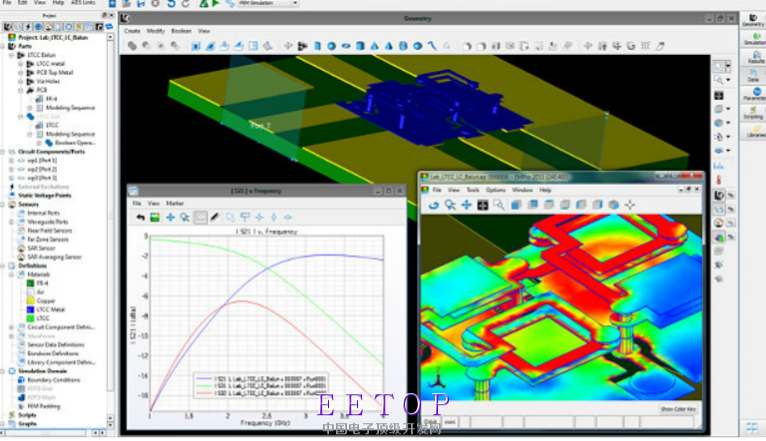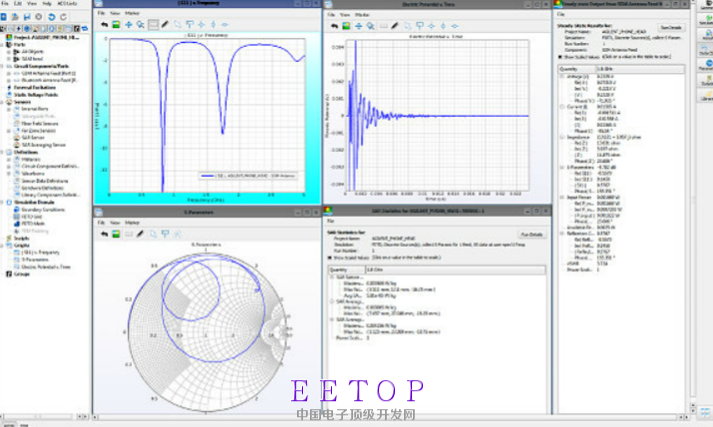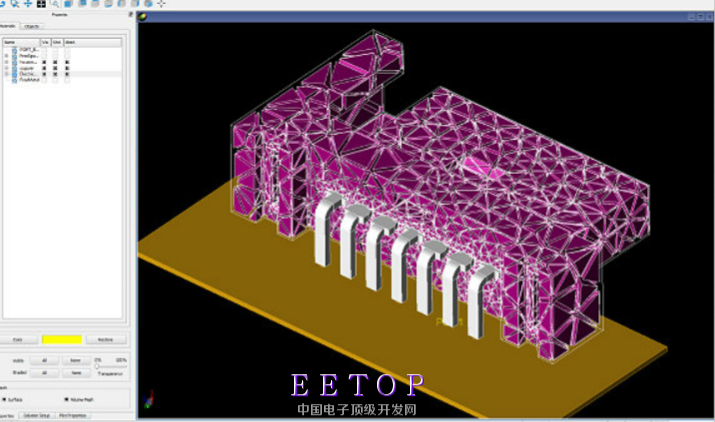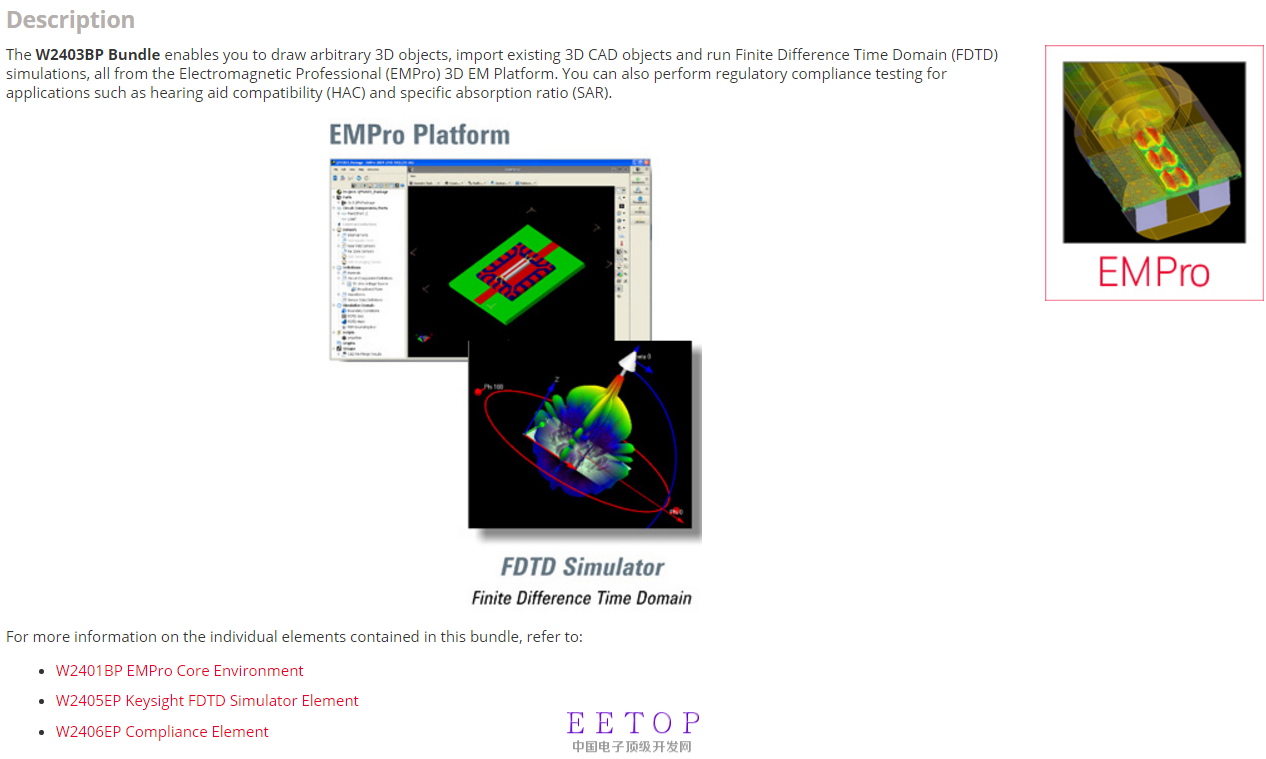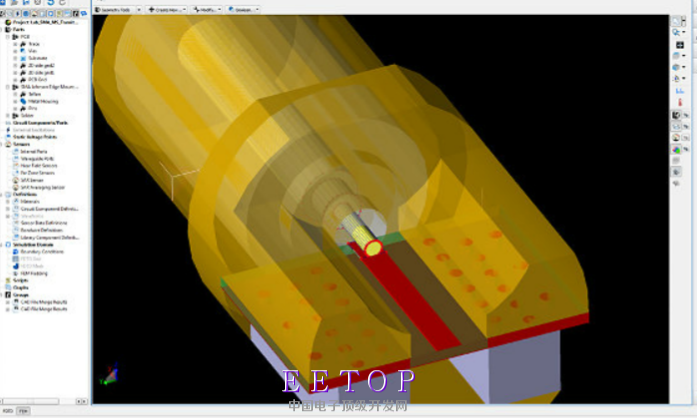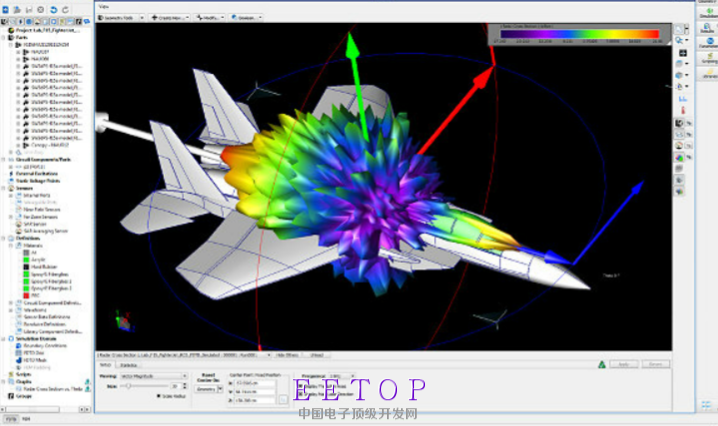求Remcom XFDTD for linux的安装程序包
还真没见过这东西
i neede it too
用ADS吧 有linux版本
Key Features & Specifications
- Efficient import and setup of complex CAD designs for EM simulation
- 'Set it and forget it' material assignment for fast multi-simulation setup
- Interactive 3D drawing and editing draws complex objects fast
- Run a simulation and inspect intermediate results
- Immediate viewing of results
- Create parameterized 3D component libraries with EMPro for use in ADS
- Import layout from ADS into EMPro to simulate with 3D EM
- Advanced Scripting
The W2405EP Keysight FDTD Simulation Element is Electromagnetic Professional's (EMPro's) simulation engine based on the Finite Difference Time Domain (FDTD) modeling technique.
FDTD 3D EM simulation technology is an alternative to the frequency domain-based Finite Element Method (FEM). Because of its simple, robust nature and its ability to incorporate a broad range of nonlinear materials and devices, FDTD is useful for a wide range of applications such as antenna design, microwave circuits, bio/EM effects, EMC/EMI problems and photonics.
Compared to FEM, FDTD is better suited for structures that are large compared to the wavelength of interest. Examples are antenna simulations that include the entire mobile phone and human body, and channel/backplane simulations for signal integrity applications. For more information on the relative strengths of FEM and FDTD technologies, please refer to State of the Art in EM Software for Microwave Engineers.
The W2405 Keysight FDTD Simulator Element provides the ability to run FDTD simulations from the EMPro 3D EM Platform (note that the W2401 EMPro Core Environment is required).
Starting with EMPro 2010, the W2405 FDTD Simulation Element includes standard GPU acceleration capability. With this capability the FDTD solver can run on an NVIDIA CUDA-based GPU that has hundreds of cores, which results in much faster simulations compared to a CPU that may only have a few cores. Note that larger FDTD problems require considerable memory, and in these cases large amounts of RAM are required on-board the GPU cards (only GPU RAM, not CPU RAM is available during GPU-accelerated FDTD simulations).
